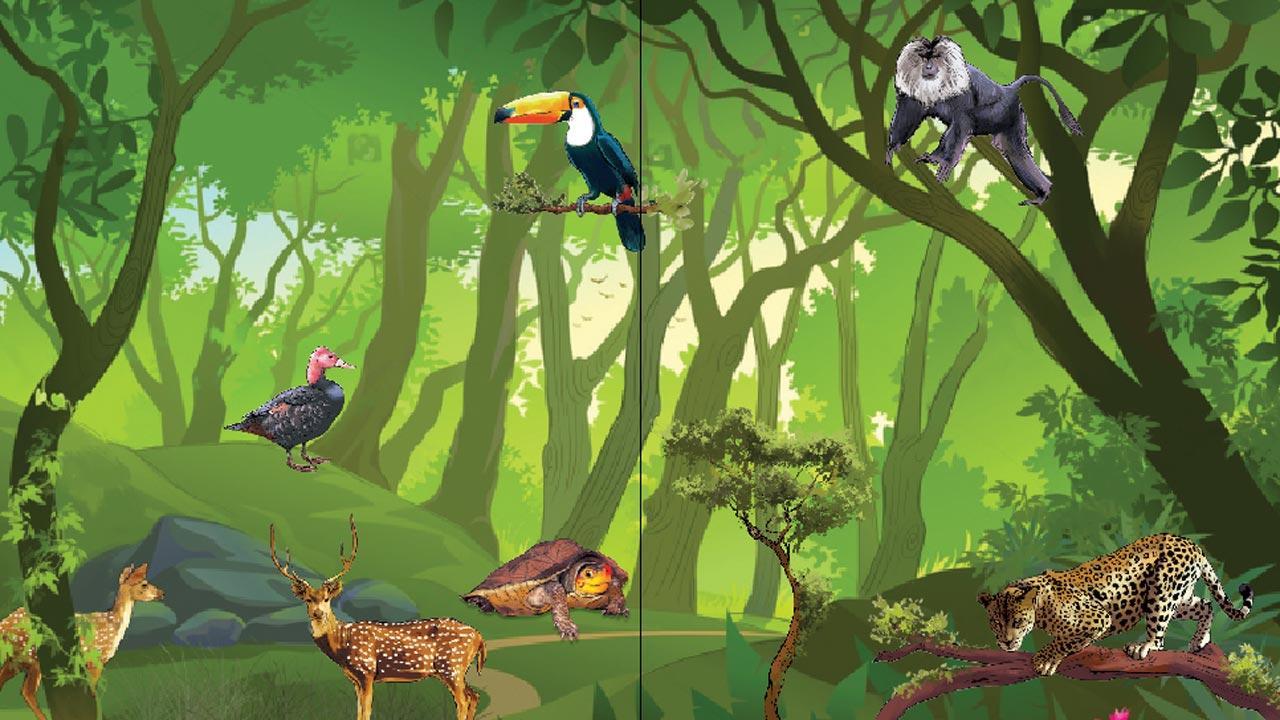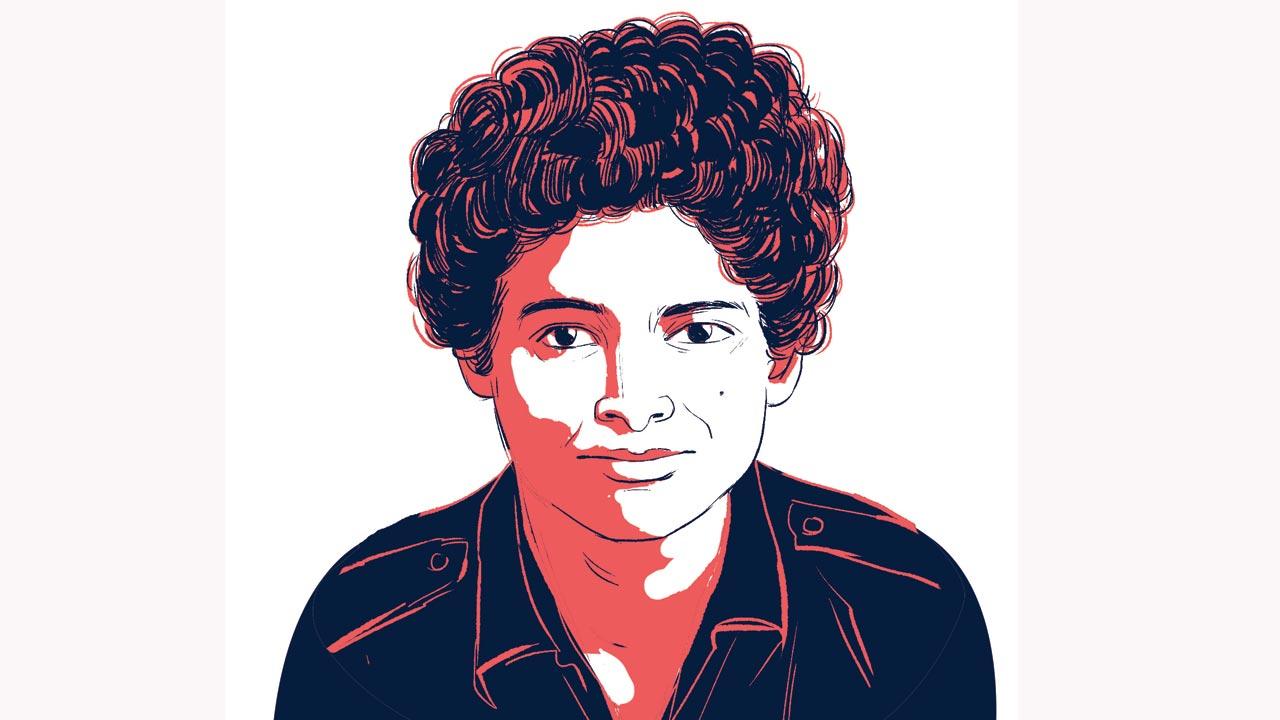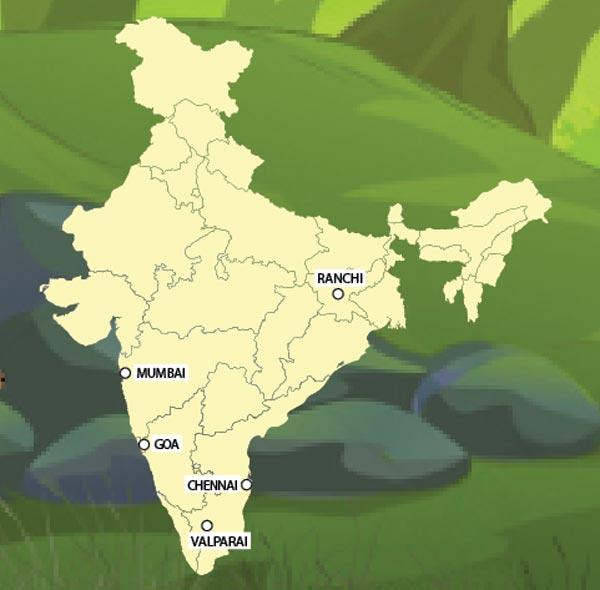A new book takes us into conversations with female biologists dedicated to keeping wilderness sacred, and here are five of them

Illustrations/Uday Mohite
Writer Anita Mani’s curiosity for the wild began with watching birds. The initial motivation came from her son, then four years old, who had started birding as a hobby after his parents got him his first pair of binoculars and a book on birds. “Since he was too young to go out on his own, I accompanied him,” she shares over a phone call from Delhi. “At some point, I got interested as well, and we started travelling to watch birds.”
During her explorations, Mani came in contact with several conservationists and wildlife biologists, many of whom were women.
Birdwatching can be gruelling, she tells us. “In the Northeast, the sun rises so much earlier. In the summers, you are up by 3 am, with boots-to-ground by 3.45 am to watch birding activities; the middle of day is best to spot raptors. Typically, one is out in the field till about 7 pm.” A hobbyist can be out for over 12 hours at a time.
“That made me really think about the kind of work that biologists and scientists do,” she adds. “They are out there collecting data under difficult circumstances, raising funds for research and putting together conservation programmes.” It is onerous, she shares. And while none of us would immediately be able to recall an Indian wildlife biologist, what she says is just as concerning is that several women biologists, who have dedicated years to conservation efforts in the country, face the same obscurity, or worse.
This is what led her to edit a just-released title, Women In The Wild: Stories of India’s Most Brilliant Women Wildlife Biologists (Juggernaut Books), which documents the work of 13 wildlife specialists by leading nature writers. Work on it began last year, says Mani. “This is not an exhaustive list,” she insists, “There are so many more women doing incredible work, but the criteria was someone whose fieldwork had had a substantial impact on species or landscape conservation, or someone who has contributed to the resolution of the challenges confronting wildlife in India.” We track five such biologists.
An early bird

Jamal Ara, Ranchi
Known as the first lady of Indian ornithology, Jamal Ara was born in 1923 in a conservative Muslim household in Barh, 70 km from Patna. She was married young to her cousin and leading journalist Hamdi Bey, but the couple separated. “My father was a womaniser, and he abandoned both of us before I had even begun school,” her daughter Madhuca told wildlife historian Raza Kazmi, who contributed the essay on Ara. It was another cousin Sami Ahmad, an Indian Forest Service (IFS) officer from the 1940 batch of the Bihar cadre, who looked after both Ara and Madhuca, and nurtured her interest in birds.
“Jamal Ara was buried in history,” Mani says, adding that Kazmi’s essay is the first-ever account of her life. She had written a slim booklet for children, Watching Birds, first published by the National Book Trust (NBT) in 1970. It has been in print for over four decades. “She published excessively in the Bombay Natural History Society (BNHS) and the Bengal Natural History Society.” Her works on the ornithology of the Chota Nagpur Plateau, today part of present-day Jharkhand, remain the only comprehensive study on the birds of the region till date.
“A fascinating study Ara undertook was the search for the now-extinct pink-headed duck, an endeavour that enamours ornithologists across the world even today, with multiple expeditions mounted across India and Myanmar in search of this enigmatic bird, last shot in Darbhanga, Bihar in June 1935,” Kazmi writes.
Her conservation vision was brilliant. “Every major sanctuary that she identified for conservation has since been notified,” says Mani. “She even popularised bird science for common people through her radio talks on All India Radio… She was far ahead of her time.”
The turtle tracker

J Vijaya, Chennai
Embodying the spirit of all things wild, J Vijaya lived a short life (1959-1987) but left behind a formidable legacy. Naturalist Zai Whitaker, who has contributed the essay on Vijaya, describes her as a “trailblazer, pioneer, [and] a role model”.
Also known as Viji, Vijaya first enrolled as part of a volunteer programme at the Madras Snake Park. “After college, she joined the Snake Park as a research associate and began the surveys and studies that have become famous landmarks in India’s herpetological history,” writes Whitaker.
At some point, her attention and observations went “more and more turtle-wards”. One of her most important missions was locating and studying the habitat of the Cochin forest cane turtle.
She set up base in a riverside cave within Nadukani near Chalakudy. Within the year, says Whitaker, she had captured and marked 125 cane turtles and Travancore tortoises, enabling an in-depth study of their natural history, movements and range, the first for both species. “By the end of the study, she had also extended the range of the cane turtle significantly, adding the Neyyar Sanctuary and Agumbe in Karnataka.”
In 2006, when Peter Praschag and other herpetologists did taxonomic work on the cane turtle and DNA analysis showed that it was a separate genus from the Heosemys one it had been clubbed under, “they named the species Vijayachelys silvatica in her honour,” writes Whitaker.
A memory keeper

Nandini Velho, Goa
Having studied at the Shiksha Niketan in Goa run by the late Nisha da Cunha, where there were only four others in her class, Nandini Velho “grew up and embraced wildlife sciences”. Anita Mani, who has written the essay on Velho, says, “Nandini has worked across the landscape but extensively in the Northeast, in and around Etalin and the Eaglenest Wildlife Sanctuary [one of the country’s top birding hotspots in the Himalayan foothills in Arunachal Pradesh]. Her work centres around how living communities influence ecology and conservation.”
In 2020, Velho authored The Eaglenest Memory Project about the history of the birding hotspot, where, Mani says, you can find different species at different elevations. “Velho records important events that took place here during its recent past. Eaglenest was the theatre of action during the Indo-China war of 1962,” she says. The sanctuary became the gateway for locals escaping an advancing Chinese army. “Her book traces this history of the people and what happened to them.” This history is retrieved from the memory of the Shertukpens, Nepalis and Buguns—the three communities that live in the area. More recently, Velho co-led the Save Mollem campaign in Goa, an endeavour to stop developmental works at the Mollem National Park. “For a naturalist or a biologist to pursue such work, should tell you more about her than anything else,” says Mani.
The Canopy Crusader

Divya Mudappa, Valparai, Tamil Nadu
Ecologist Divya Mudappa spent her childhood in Madikeri, a hill town in Kodagu, Karnataka, before she went on to get a master’s degree in ecology and environmental sciences at the Sálim Ali School of Ecology (SASoE) in Pondicherry University. She found her partner in conservation in TR Shankar Raman, whom she later married.
In 1996, Mudappa and Shankar launched Nature Conservation Foundation (NCF)—a non-profit wildlife research and conservation organisation, and established a field research station in Valparai, Tamil Nadu, in 2001. “Since then, NCF has planted over 1,00,000 saplings of about 170 native species of trees and lianas and restored about 100 hectares in 35 rainforest fragments, protecting a total of 1,075 hectares of land. They’re currently working on 15 rainforest fragments in the area. The transformations have led to amazing results: the canopy in these forest remnants has become denser, the trees are healthier, more saplings are growing on their own showing natural regeneration, while litter and foliage have brought in insects which have further brought in mammals and birds to feed on them,” writes author Shweta Taneja.
The team has also been instrumental in conservation of animals and endangered macaques that live in the area, warning speeding vehicles with signboards in their hands, especially when they are foraging or crossing highways. “Once you get involved in conservation of a landscape, you cannot leave it unless someone throws you out,” Divya told Taneja in her interview.
The leopard leader

Vidya Athreya, Mumbai
For Vidya Athreya, who studied at St Anthony Girls’ High School in Chembur and graduated in mathematics from Ruia College, wildlife conservation was never on the radar. “A visit to Anamalai Sanctuary in Tamil Nadu as part of a college nature club trip, organised by the World Wildlife Fund (WWF), triggered a change of direction,” writes journalist Ananda Banerjee.
Athreya spotted her first leopard during her master’s fieldwork in the Anamalai Hills, and that would lead her to track the big cat. She collared one of her first spotted cats in April 2009, releasing him in the Malshej Ghat area adjoining Junnar. She named him Ajoba, who was immortalised in the 2014 Marathi movie of the same name. Over a period of a month, the leopard travelled around 120 kilometres to Mumbai’s Sanjay Gandhi National Park (SGNP).
In 2011, when the SGNP was grappling with human–leopard conflict, Athreya led the collaring work to understand the secret lives of leopards in the city. “Camera traps and data from collared leopards around the SGNP showed Vidya and her team how leopards moved through the same forest paths taken by residents with the two crossing paths within minutes of each other without any human detection of the big cat’s presence.”
Athreya collaborated with several leading publications, including mid-day, to shine light on the “adaptive neighbours”. Her work focussed on changing the public perception of leopards, evolving from a dangerous, bloodthirsty animal prowling the city to one that coexists with us. “In a field dominated by men, Athreya was one of the first women to conduct long-term research on big cats using radio collars,” writes Banerjee. Her count of collared cats currently stands at 11 leopards and one tiger.

 Subscribe today by clicking the link and stay updated with the latest news!" Click here!
Subscribe today by clicking the link and stay updated with the latest news!" Click here!










